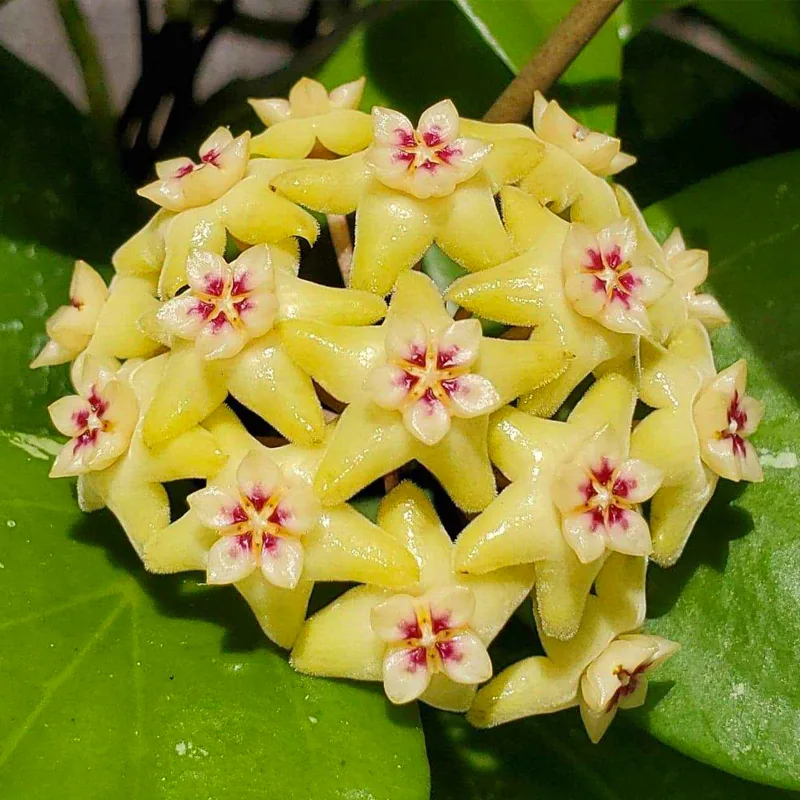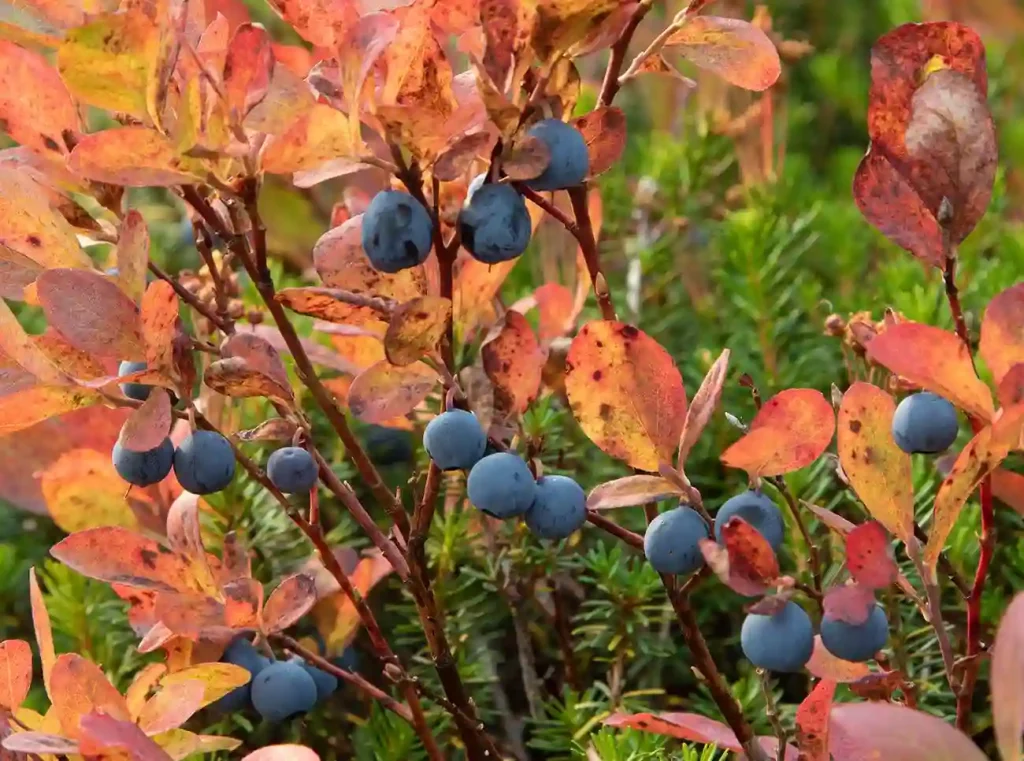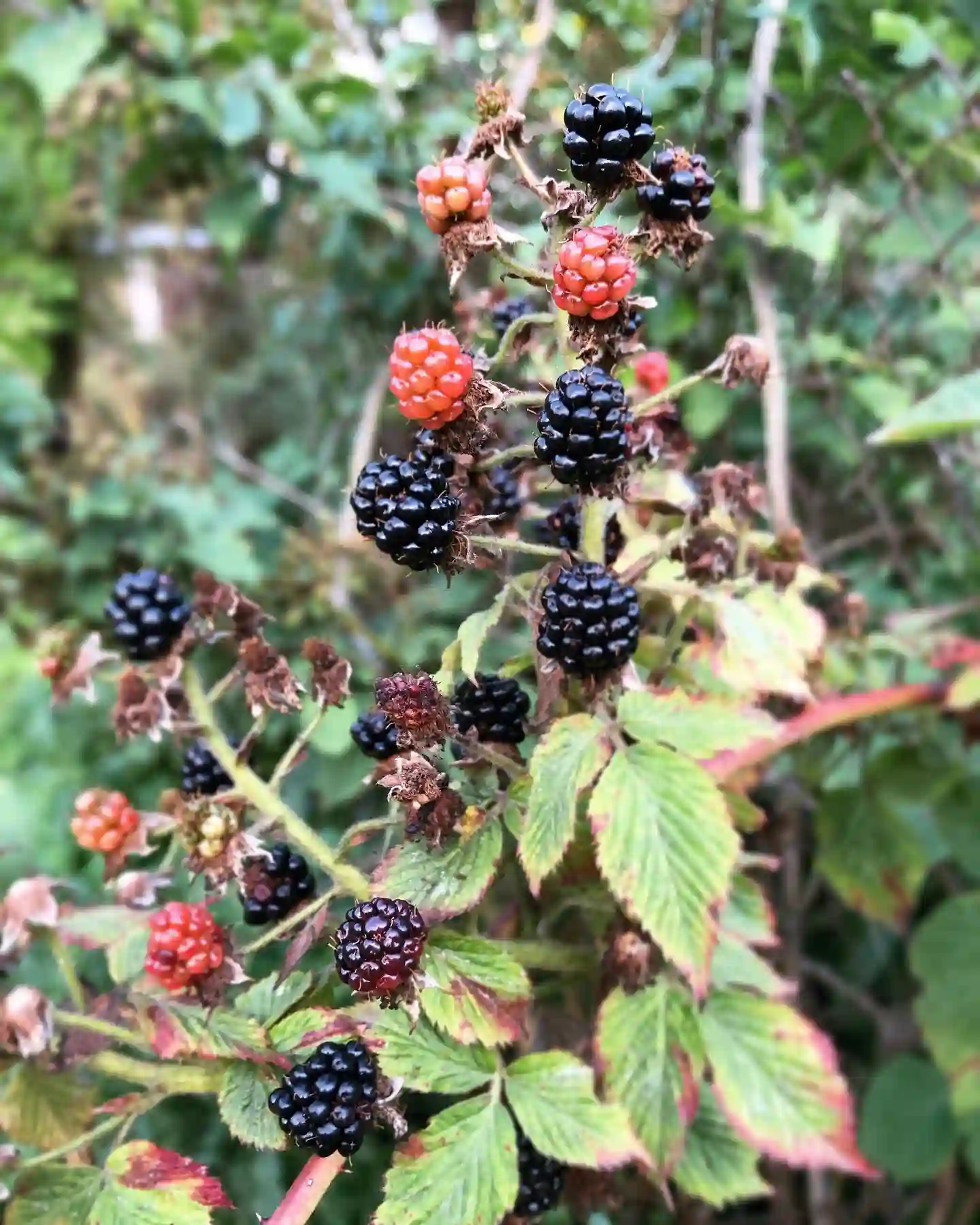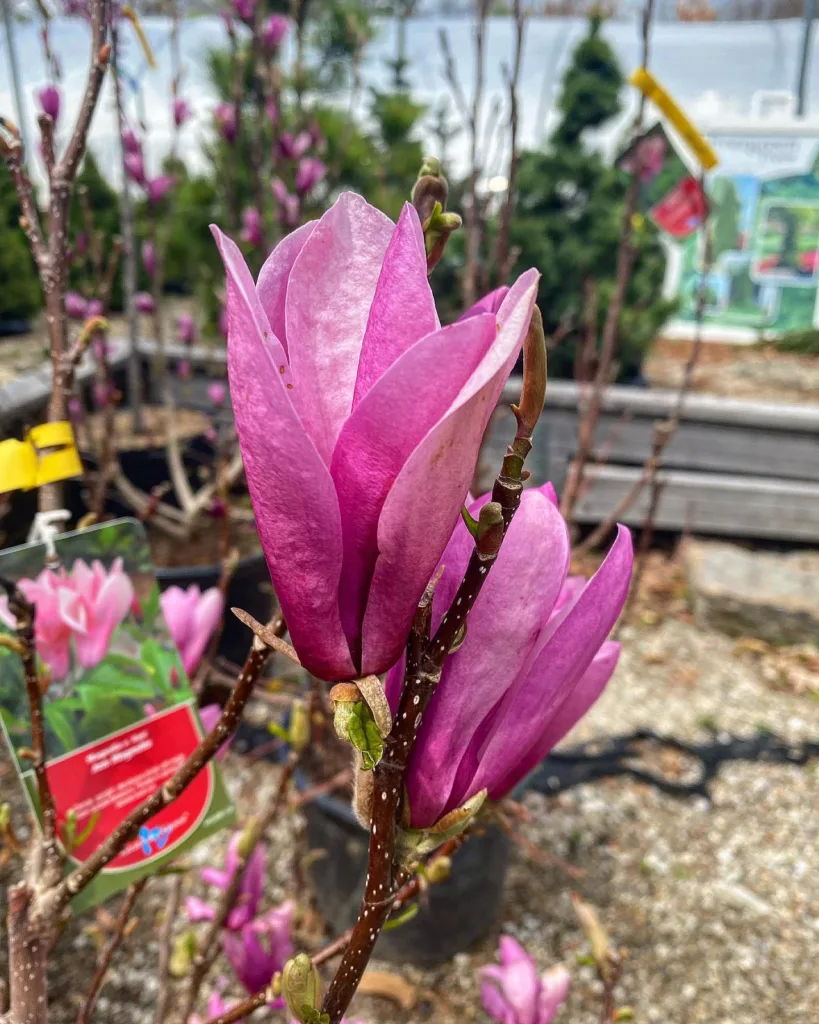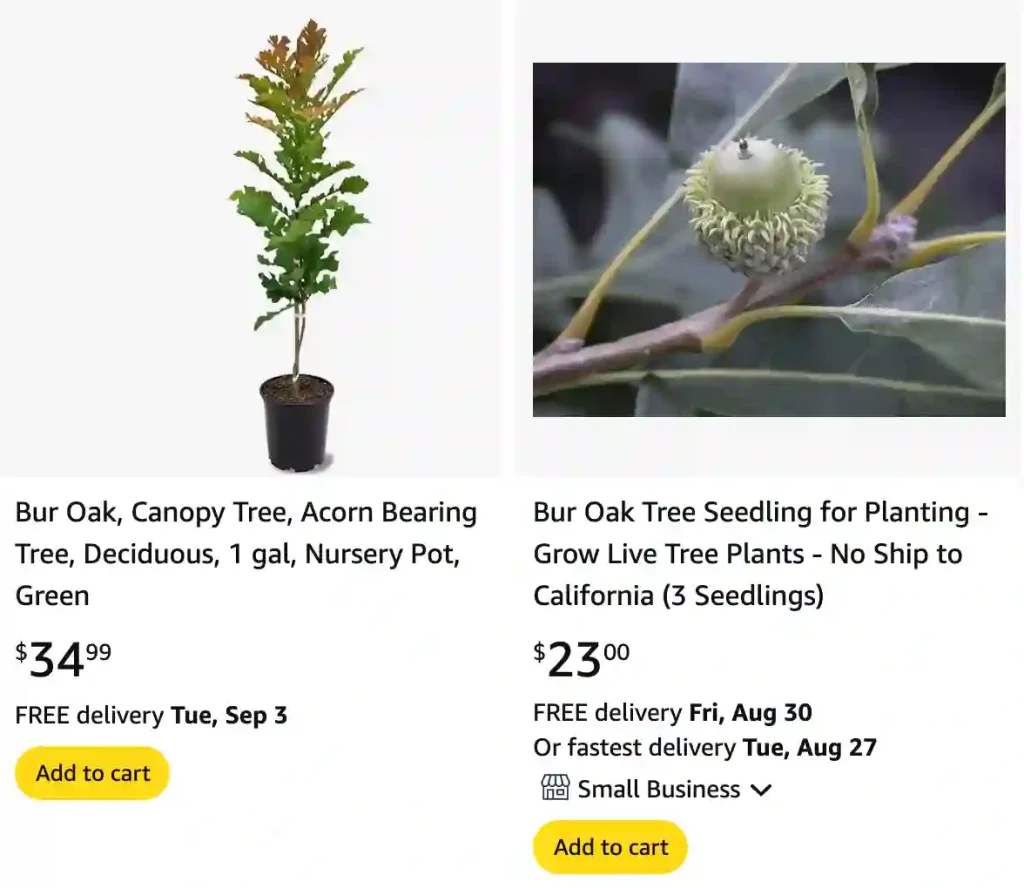
What is Quercus Macrocarpa?
When I think about trees that embody resilience and grandeur, the Bur Oak always comes to mind. Over the years, my fascination with this species has deepened as I’ve observed its unwavering presence in diverse landscapes. Let me share my experiences and reflections on this remarkable oak, a true titan of the prairie and savanna.
657 Species in Genus Quercus
The Bur Oak, scientifically known as Quercus macrocarpa, is an icon of strength. Its native range spans much of North America, thriving in regions where other trees struggle. Whether battling droughts, enduring frigid winters, or standing steadfast against powerful storms, the Bur Oak persists.
What drew me to this tree initially was its sheer size and majesty. Mature specimens can tower up to 100 feet with sprawling branches that create a canopy of shade. The deeply furrowed bark and rugged form tell a story of survival through centuries. To stand beneath a Bur Oak is to feel humbled, knowing these giants have witnessed history unfold.
How to Plant Bur Oak Acorns?
Planting Bur Oak acorns is a straightforward process, but it requires a bit of patience. First, collect the acorns in the fall when they have fallen from the tree and are fully mature. Check for viability by placing them in a bucket of water—those that float are likely not viable, while those that sink are worth planting.
To plant, choose a location with well-drained soil and full sun. Dig a hole about 2 inches deep and place the acorn inside, then cover it with soil. Water the area thoroughly. Bur Oak acorns benefit from being planted in the fall, as this allows them to undergo natural winter stratification, which is crucial for germination.
Do Deer Like Bur Oak Acorns?
Yes, deer are quite fond of Bur Oak acorns. They are a significant food source for deer, especially in the fall and winter when other food sources are scarce. If you have a Bur Oak on your property, be prepared for increased deer activity during acorn season.
Are Bur Oak Acorns Edible?
Bur Oak acorns are technically edible, but they are quite bitter and not commonly consumed by humans. The bitterness is due to high tannin levels, which can cause stomach discomfort if eaten in large quantities. Historically, Native Americans used a process of leaching to make acorns more palatable and less toxic.
Do Bur Oak Acorns Need Stratification?
Bur Oak acorns do require stratification to germinate. This process mimics winter conditions and helps break the dormancy of the seeds. To stratify, place the acorns in a damp sand mixture and store them in a refrigerator for about 30 days. After this period, they can be planted.
How Fast Do Bur Oak Trees Grow?
Bur Oak trees are relatively slow-growing, especially in their early years. On average, they grow about 12 to 24 inches per year. However, once established, they can accelerate in growth. It’s essential to be patient, as Bur Oaks are known for their longevity and impressive size.
Are Bur Oak Acorns Poisonous to Dogs?
Bur Oak acorns are not highly toxic to dogs, but they can cause gastrointestinal upset if ingested in significant amounts. Symptoms may include vomiting or diarrhea. It’s a good idea to prevent your dog from consuming acorns, as large quantities can lead to more severe health issues.
How Big Does a Bur Oak Tree Get?
Bur Oak trees can reach impressive sizes. Mature Bur Oaks typically grow to a height of 50 to 75 feet with a spread of 50 to 80 feet. Their large, spreading canopy provides excellent shade and can be a prominent feature in any landscape.
How Long Do Bur Oak Trees Live?
Bur Oak trees are known for their longevity. They can live for several hundred years, with some specimens reaching 300 to 400 years of age. This durability makes them a fantastic choice for long-term landscaping and conservation projects.
Is Bur Oak a White Oak?
Yes, the Bur Oak is a member of the White Oak group (Quercus section Quercus). It shares many characteristics with other white oaks, such as its rounded leaf lobes and acorn maturation process. However, it can be distinguished by its uniquely large acorns and distinctive bark.
When Do Bur Oaks Leaf Out?
Bur Oaks typically leaf out in late spring. In many regions, this occurs in late April to early May. The timing can vary based on local climate conditions, but Bur Oaks generally follow a similar pattern each year.
When to Prune Bur Oak Trees?
Pruning Bur Oak trees is best done in late winter or early spring before new growth begins. This timing helps the tree heal quickly and reduces the risk of disease. Remove any dead, diseased, or crossing branches to maintain the tree’s health and shape.
Bur Oak vs. White Oak
Bur Oaks and White Oaks share many similarities, including their leaf shapes and general characteristics. However, Bur Oaks have larger acorns and a more rugged bark compared to the smoother, more slender bark of the White Oak. White Oaks tend to have more uniform leaf lobes, while Bur Oaks have deeper, more irregular lobes.
Bur Oak vs. Live Oak
Live Oaks are evergreen trees with broad, flat leaves that remain green year-round, while Bur Oaks are deciduous and shed their leaves in the fall. Live Oaks have a more sprawling, broad canopy, whereas Bur Oaks tend to have a more rounded shape. Both species provide excellent shade but have different aesthetic qualities and maintenance needs.
Bur Oak vs. Post Oak
Post Oaks and Bur Oaks can be confused due to their similar leaf shapes. However, Post Oaks have a more deeply lobed leaf with a distinctive cross shape, while Bur Oaks have broader, shallower lobes. Additionally, Bur Oaks typically grow larger and have a more rugged bark compared to the Post Oak’s relatively smooth bark.
Bur Oak vs. Red Oak
Red Oaks have pointed leaf lobes and typically grow faster than Bur Oaks. Red Oaks also have a more uniform appearance in their leaves and acorns compared to the distinctive, larger acorns and more varied leaf shapes of Bur Oaks. Both provide excellent shade, but their growth rates and leaf characteristics differ.
What Is the Best Soil for Bur Oaks?
Bur Oaks thrive in well-drained soil but can tolerate a range of soil types, including clay and sandy soils. They prefer a slightly acidic to neutral pH and can handle drought conditions once established. Proper soil preparation and drainage are key to their successful growth.
How to Care for Bur Oaks?
Caring for Bur Oaks involves regular watering, especially during dry spells, and occasional fertilization to support their growth. Mulching around the base helps retain moisture and suppress weeds. Monitoring for pests and diseases, such as oak wilt or leaf spots, is also crucial for maintaining tree health.
What to Plant With Bur Oaks?
Bur Oaks can be paired with a variety of understory plants and shrubs to create a diverse landscape. Consider planting native wildflowers, ferns, or shade-tolerant groundcovers to complement the Bur Oak’s expansive canopy. Native grasses and flowering plants can enhance the natural beauty of the area.
Benefits of Bur Oaks
Bur Oaks offer numerous benefits, including providing shade, supporting wildlife, and improving air quality. Their large canopy provides excellent coverage, making them ideal for large landscapes. Additionally, they support various bird species and insects, contributing to local biodiversity.
Common Problems with Bur Oaks
Common issues with Bur Oaks include pests like oak worms and diseases such as oak wilt. Proper monitoring and timely intervention can help manage these problems. Ensuring proper tree care and maintaining healthy growing conditions can prevent many of these issues from becoming severe.
